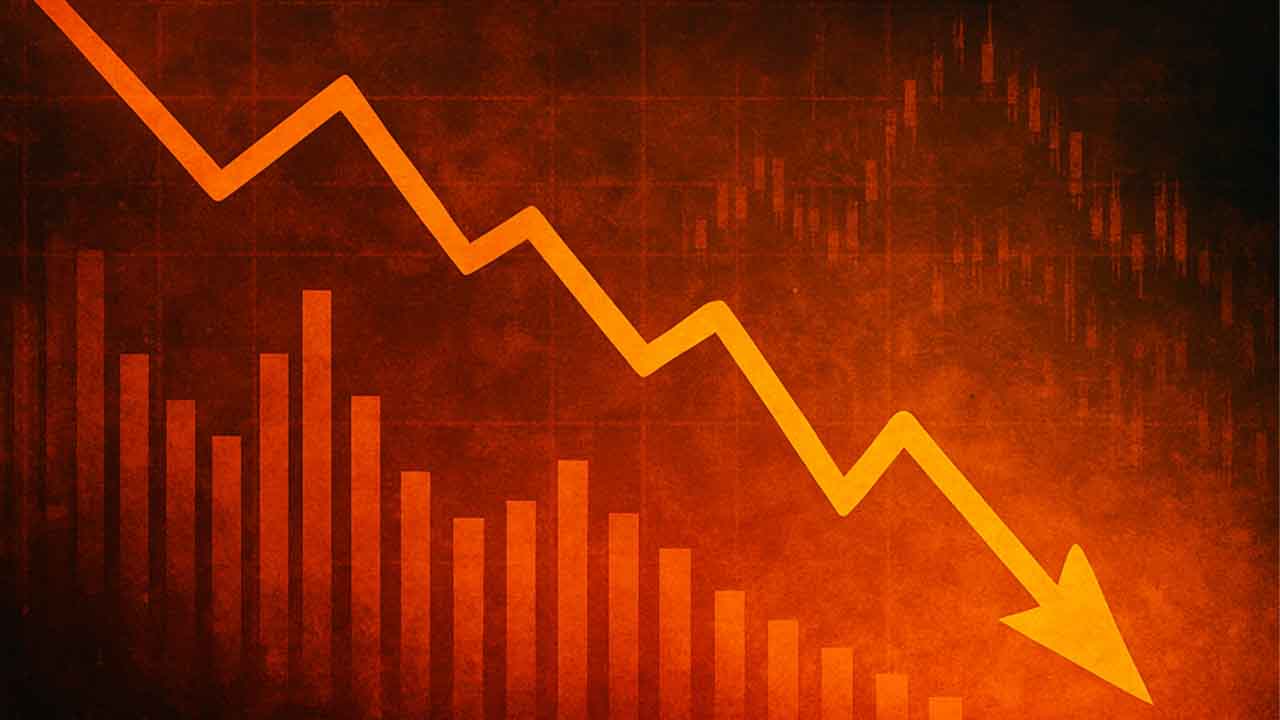
Copper’s Tariff Shock: What the Market Plunge Really Means for Investors
Let's unpack the historic plunge, the policy twist behind it, and why copper remains one of the most strategic and contested resources for the decades ahead.
Last week, copper traders witnessed something not seen in decades: a 24% collapse in U.S. copper futures, the sharpest single-day decline on record. Prices sank to $4.40 per pound, wiping out weeks of gains and dragging the metal back to levels not seen since April.
The trigger? A surprise move from the White House: refined copper was suddenly excluded from the proposed 50% tariffs on metal imports. What was expected to be a supply squeeze instantly turned into an oversupply panic. The market, caught leaning the wrong way, unraveled in hours.
But what does this shock mean for copper’s outlook? To understand, we need to step back, examine how we got here, and look ahead at what’s brewing beneath the surface.
The Tariff Twist That Rocked Copper
For weeks, copper prices had surged toward $5.90 per pound, an all-time high, on the assumption that the new tariffs would cover nearly all imports. Traders rushed to move refined copper, cathodes, ore, and concentrates into the U.S. before the July deadline, worried about getting stuck with 50% duties, according to a Markets Insider article titled Traders rushed to stockpile copper before Trump's tariffs. Now they're stuck with a lot of it, by By Huileng Tan and Nora Redmond.
The result? Warehouses filled to the brim. U.S. inventories at the CME doubled since March, climbing to more than 220,000 tons, levels not seen since 2018, according to Reuters.
Then came the announcement: refined copper, the very form of metal everyone had scrambled to hoard, would remain tariff-free. The duties would apply only to semi-finished products like wires and pipes, according to the White House.
As Natalie Scott‑Gray of StoneX explained,
“Markets were largely unprepared for the exclusion of refined copper … it was largely assumed refined copper would be included.”
The premium U.S. copper had commanded over London contracts—nearly 30% higher just weeks ago—evaporated overnight.
A Crisis Softened by a Collapse
The fall could have been even worse if not for a tragic event thousands of miles away. Chile’s massive El Teniente mine, one of the world’s largest underground copper operations, suspended output after a tunnel collapse, according to a Reuters article, Copper's physical tariff trade is rapidly unwinding, by Andy Home.
The mine typically produces enough ore each month to keep China’s smelters running, and its shutdown temporarily tightened the global supply picture. Without that disruption, analysts agree copper might have plunged below $4 per pound.
David Aspell of Mount Lucas Management summed it up:
“The slump gave up significant profits almost instantly… short‑term turmoil is expected, but a rebound is likely once core demand takes over.”
source: https://www.wsj.com/livecoverage/stock-market-today-dow-sp-500-nasdaq-07-31-2025-2/card/copper-prices-fall-22-in-record-daily-drop-vpr2PFq2N4KYq6cKSFUI?utm_source=chatgpt.com
Why Copper Still Matters
Despite the drama, copper remains one of the most critical commodities in the world. Often called “Dr. Copper” for its reputation as a barometer of global economic health, it’s now even more vital as the metal that wires the energy transition.
The International Copper Study Group projects a global deficit of nearly 290,000 metric tons in 2025, more than double last year’s shortfall, according to XTB.
The International Energy Agency goes further, warning that copper supply will struggle to keep pace with surging demand through the 2030s. To bridge the gap, analysts estimate the world will need over $250 billion in investment and at least 80 new large-scale mines by 2030, according to The Guardian article Demand for copper to dramatically outstrip supply within decade.
As BHP has put it:
“Copper is the backbone of electrification and clean energy infrastructure.”
The Policy Gamble
The U.S. decision to exempt refined copper may ease short-term inflation fears at home, but it carries risks. Industry executives warn that tariffs without parallel investments in domestic refining could leave America more dependent on foreign supply, especially from China, which dominates smelting capacity.
A recent Financial Times report quoted mining executives bluntly:
“Tariffs alone are insufficient to rebuild U.S. copper capability; broader support—permitting reform, tax credits, scrap policies—are needed to compete.”
A Market Poised Between Turmoil and Growth
So where does copper go from here?
In the short term, analysts expect volatility to remain high as U.S. inventories work through the system. StoneX estimates it could take 4–6 months for the glut to normalize, according to StoneX article Why Trump’s Copper Tariffs Left Markets Reeling.
In the medium term, much depends on Chinese demand and the global economy. If Beijing ramps up stimulus for infrastructure and manufacturing, copper could see another leg higher. Conversely, weak growth could keep prices stuck below the $5 mark.
The long-term story, however, remains bullish. With global demand on track to potentially double by 2035, copper is a strategic material the world simply can’t replace.
Goldman Sachs recently forecast that prices could climb toward $6.80 per pound by late 2025, while UBS highlighted the resilience of copper demand, calling it “one of the clearest structural growth stories of the decade,” in an Okon Recycling article.
The Bottom Line
The recent plunge in copper isn’t the end of the story, but merely a plot twist. What we witnessed was a market violently unwinding after a policy surprise, not the collapse of copper’s importance.
The fundamentals remain. Copper is the wiring of the future - literally. From the grid that powers our homes to the cars we drive and the tech we depend on, copper demand isn’t going away.
In the months ahead, expect turbulence. But look past the short-term volatility, and the message is clear: this metal will remain one of the world’s most strategic and contested resources for decades to come.
Latest Insights
Recent Highlights from Our YouTube Channel
Comprehensive reviews of current market dynamics and the latest trends influencing the future of investments.
